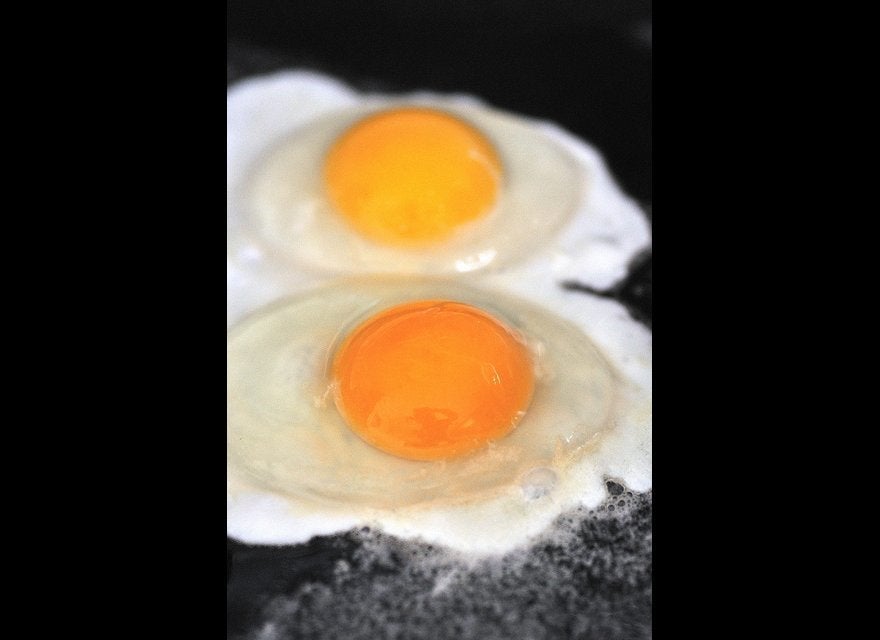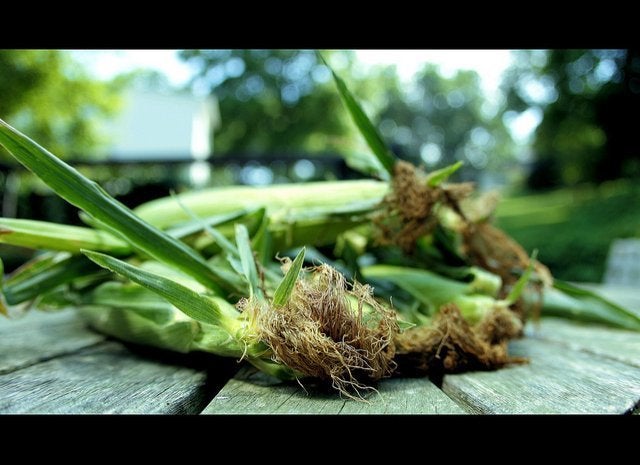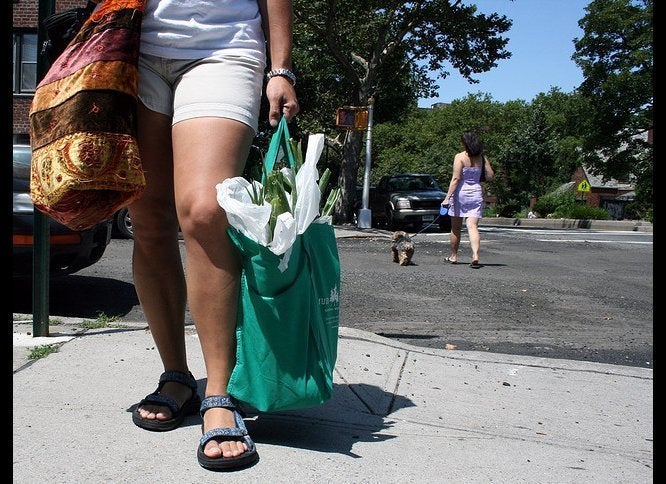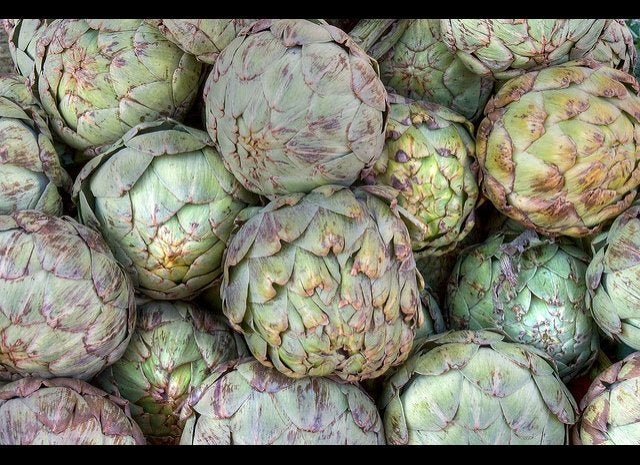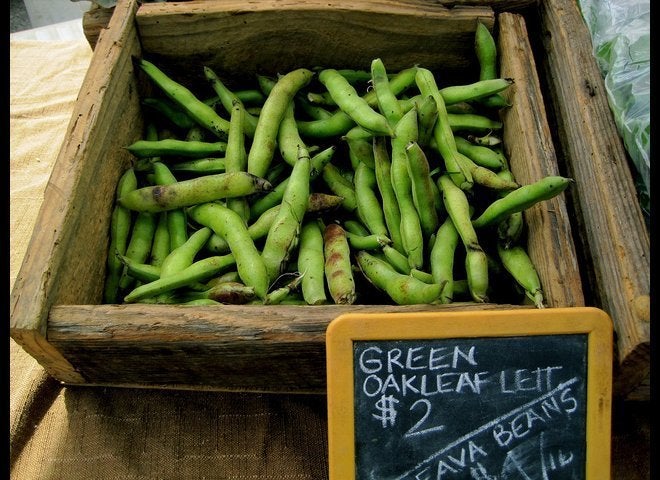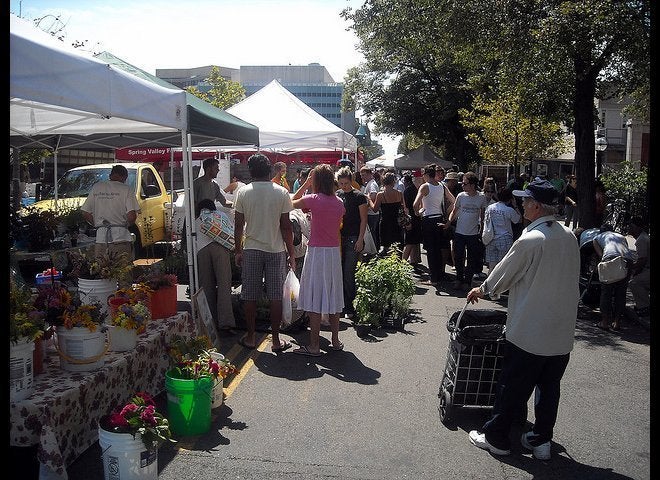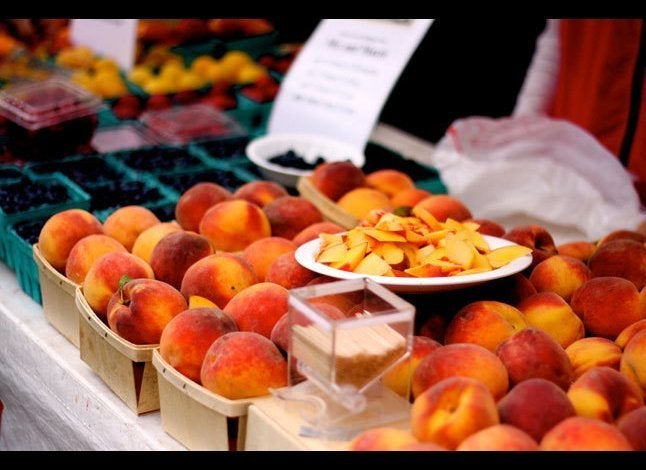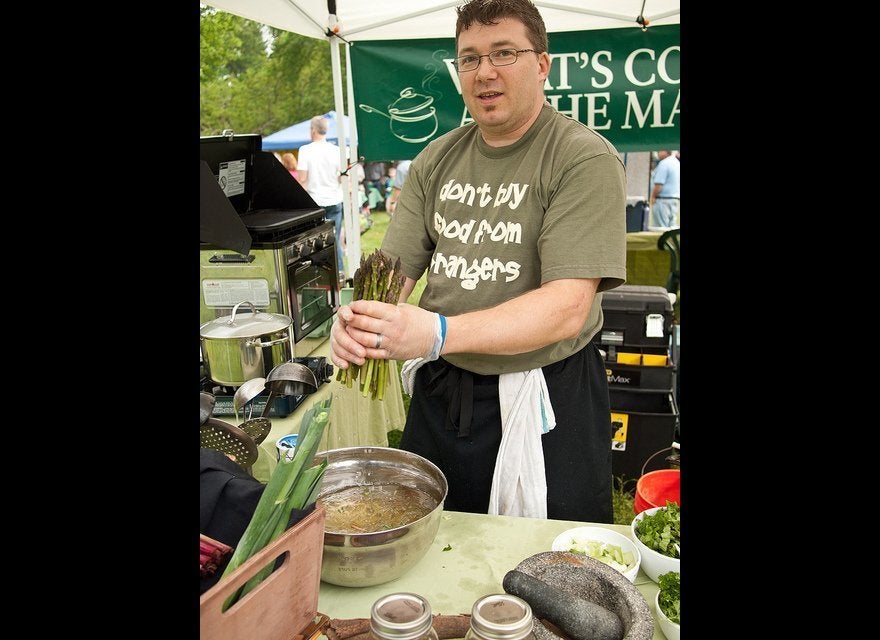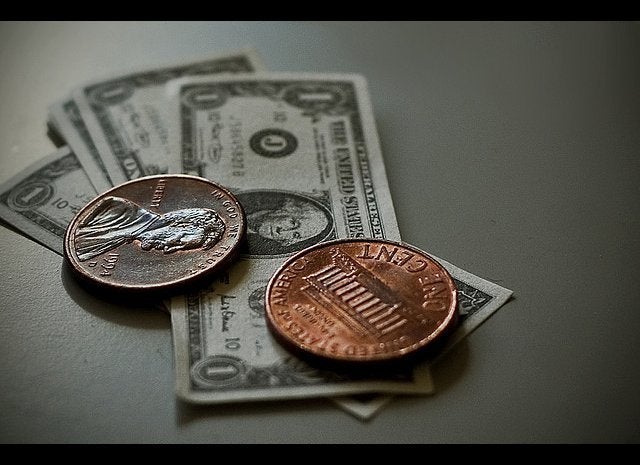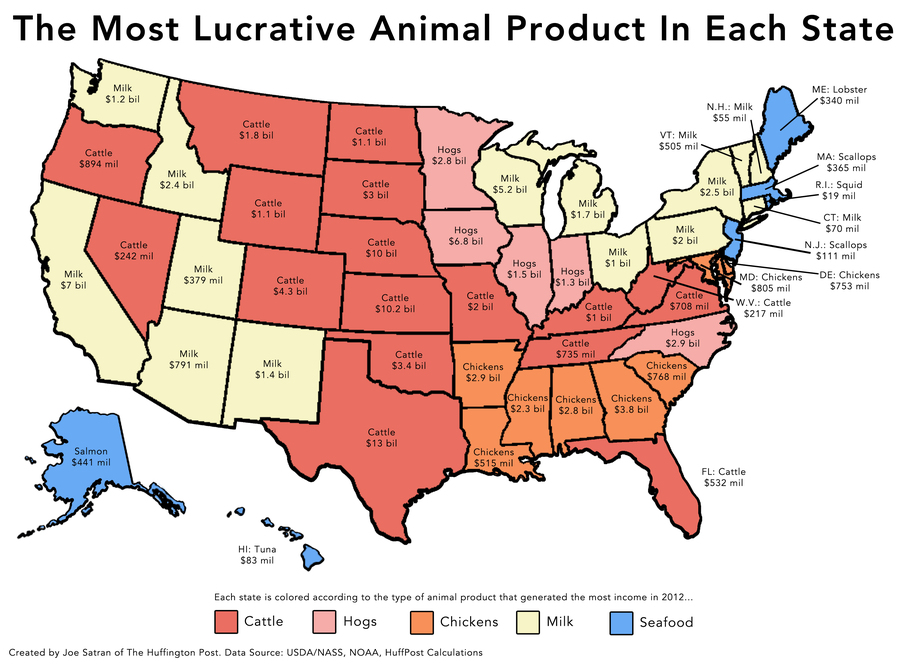About a month ago, I published two maps that illustrated some broad trends in American agriculture: Above all, that while states on the coasts tend to produce fruits and vegetables, interior states tend to grow crops that are fed to animals. Some readers thought I was telegraphing an anti-meat bias with these maps; one even came close to accusing me of participating in a vegan conspiracy.
Not so! I love meat, dairy and all sorts of edible animal products. To prove it, I applied the same data analysis to animal products that I previously used for crops. I pulled data from the U.S. Department of Agriculture and National Oceanic and Atmospheric Administration to find the most lucrative animal product in each state in 2012, the most recent year for which complete data are available. Here's a map illustrating my findings:
The weirdest thing on this map is the prevalence of squid in Rhode Island. Huh? But once you get over that shock, what more striking is how similar it looks to the crops map. The colors and products are different, but the trends are roughly the same. Coastal states are a patchwork of various high-value specialty foods, like scallops in New Jersey, tuna in Hawaii and milk -- probably destined to become yogurt -- in New York. The Plains are all about beef. The South, land of peanuts in the crop map, is the land of chicken here. This image comparison tool make these parallels crystal clear:


Of course, it makes sense that there would be similarities between these two. For example, many of the factors -- geography, culture, history, economics -- that lead farmers in Oklahoma and Kansas to focus on wheat also encourage them to focus on cattle.
Related
Before You Go
